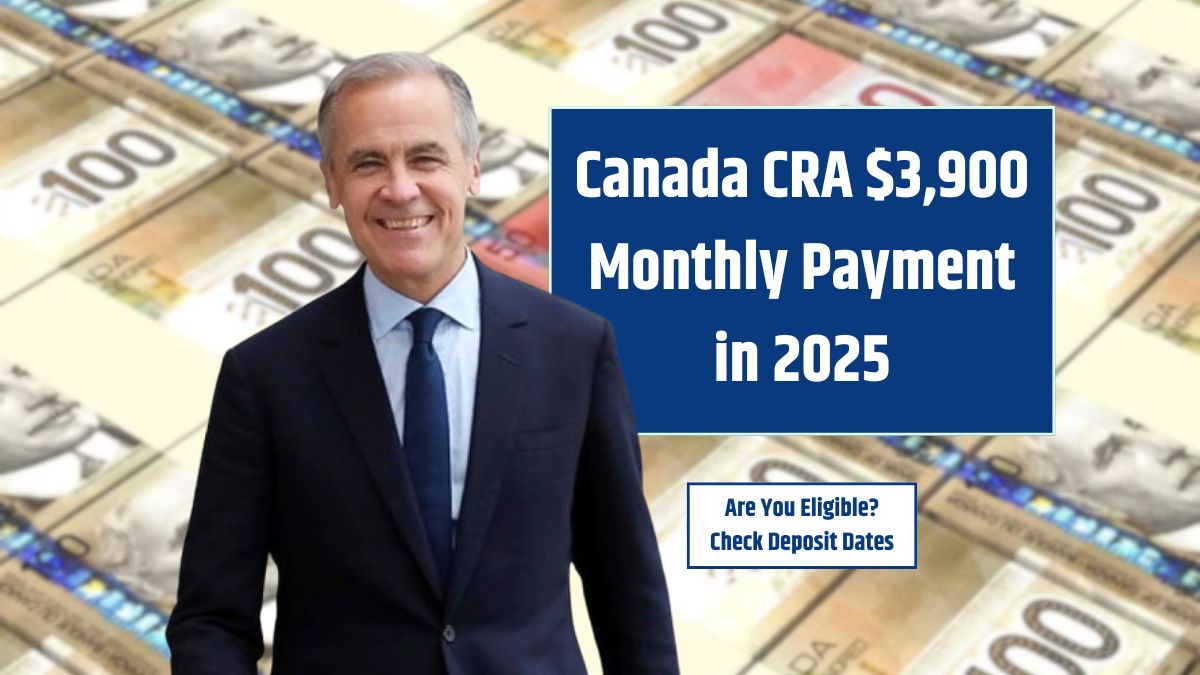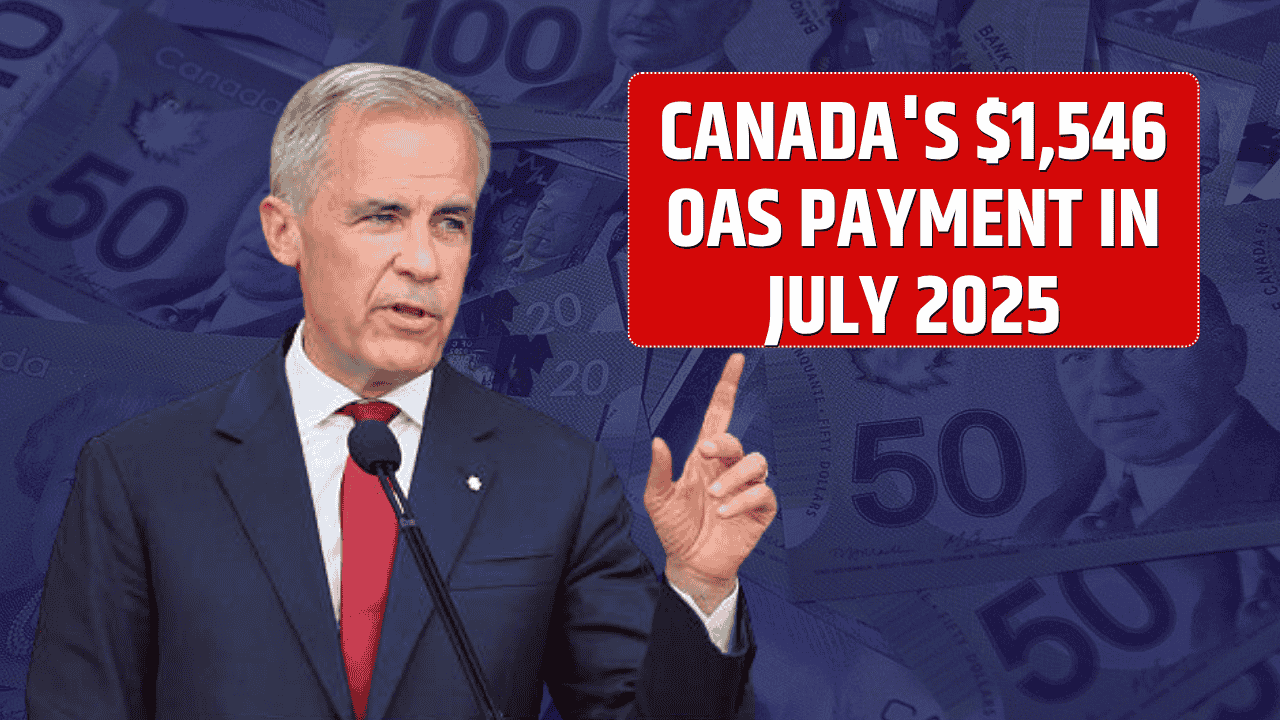Canadian seniors aged 65 and older will see important updates to the Canada Pension Plan (CPP) and Old Age Security (OAS) starting in 2025, as part of the federal government’s ongoing efforts to modernize the retirement system. These changes are designed to better align benefits with inflation, support seniors living longer, and keep the system financially sustainable for future generations.
If you’re retired or planning to retire soon, here’s what you need to know about how these updates could affect your income, taxes, and financial planning.
Table of Contents
Key Changes to CPP and OAS in 2025
The Canadian government has outlined several important reforms that take effect in January 2025:
- Phase 2 of the CPP Enhancement begins
- OAS benefits rise due to inflation indexing
- OAS clawback threshold increases
- New Service Canada tools for benefit tracking
- Delayed pension benefits continue to yield higher payouts
Each of these updates could impact how much you receive—or how much you may owe in taxes.
CPP Enhancement: More Contributions, More Benefits
In 2025, the second phase of the CPP Enhancement continues. If you’re aged 65 or older and still working, you have the option to keep contributing. These additional contributions can increase your future monthly CPP payments.
For those earning above $69,700, contributions increase slightly:
| Income Range | Who Contributes | Why It Matters |
|---|---|---|
| Up to $69,700 | You + Employer | Standard CPP contributions |
| $69,700 to $79,400 | You + Employer | Enhanced CPP contributions (new in 2025) |
Key takeaway: Contributing more now could lead to higher benefits later—particularly helpful if you’re planning a long retirement.
OAS Payments: Higher Monthly Amounts
OAS continues to be adjusted quarterly for inflation, which means automatic increases in January and July 2025.
Projected monthly amounts as of July 2025:
| Age Group | Monthly OAS Payment |
|---|---|
| 65 to 74 years old | ~$713 |
| 75 and older | ~$784 (includes 10% bonus) |
These numbers are estimates based on current inflation forecasts and are updated regularly by the government.
OAS Clawback: Higher Threshold in 2025
The OAS recovery tax, often called the “clawback,” reduces benefits for higher-income seniors. In 2025, the income threshold increases to $90,997.
- You only lose 15% of the amount above this threshold
- Benefits are fully clawed back around $147,000 of annual income
| 2025 Income | Impact on OAS |
|---|---|
| <$90,997 | No clawback |
| $91,000 – $147,000 | Partial clawback (15% over threshold) |
| >$147,000 | Full clawback |
New Tools from Service Canada
To help seniors better manage their retirement finances, Service Canada is launching improved digital tools in 2025. These include:
- Online benefit estimators to help forecast CPP and OAS payments
- Contribution history access so you can verify records
- Real-time updates on application status and payments
These features are designed to make planning easier and help retirees avoid benefit surprises or tax shocks.
Delaying CPP and OAS: Still Worth Considering
You’re not required to start CPP or OAS at 65. In fact, delaying your benefits up to age 70 can significantly boost your monthly income:
| Delay Period | CPP Increase | OAS Increase |
|---|---|---|
| Each year after 65 | ~8.4% boost per year | ~7.2% boost per year |
If you’re in good health and have other sources of income, delaying may increase your lifetime retirement income—especially as Canadians live longer than ever.
What Retirees Should Do Now
- Review your income to see if you’re near the OAS clawback threshold
- Decide whether to opt in for CPP contributions if still working past 65
- Update your My Service Canada Account to access new tools
- Consult a financial planner if you’re unsure when to start or delay benefits
These changes may not dramatically alter your monthly payment overnight, but over time, they can have a meaningful impact on your retirement income security.
FAQs
Do I have to contribute to CPP after 65 if I’m still working?
No, you must opt in to continue contributions after age 65.
Will I automatically get the new OAS amount in 2025?
Yes. Increases due to inflation are applied automatically each quarter.
Is the OAS clawback a full loss of benefits?
No. It’s a 15% reduction on income above $90,997, not on your full OAS payment.
Should I delay taking CPP or OAS?
If you’re healthy and can afford to wait, delaying can increase your payments significantly.


























